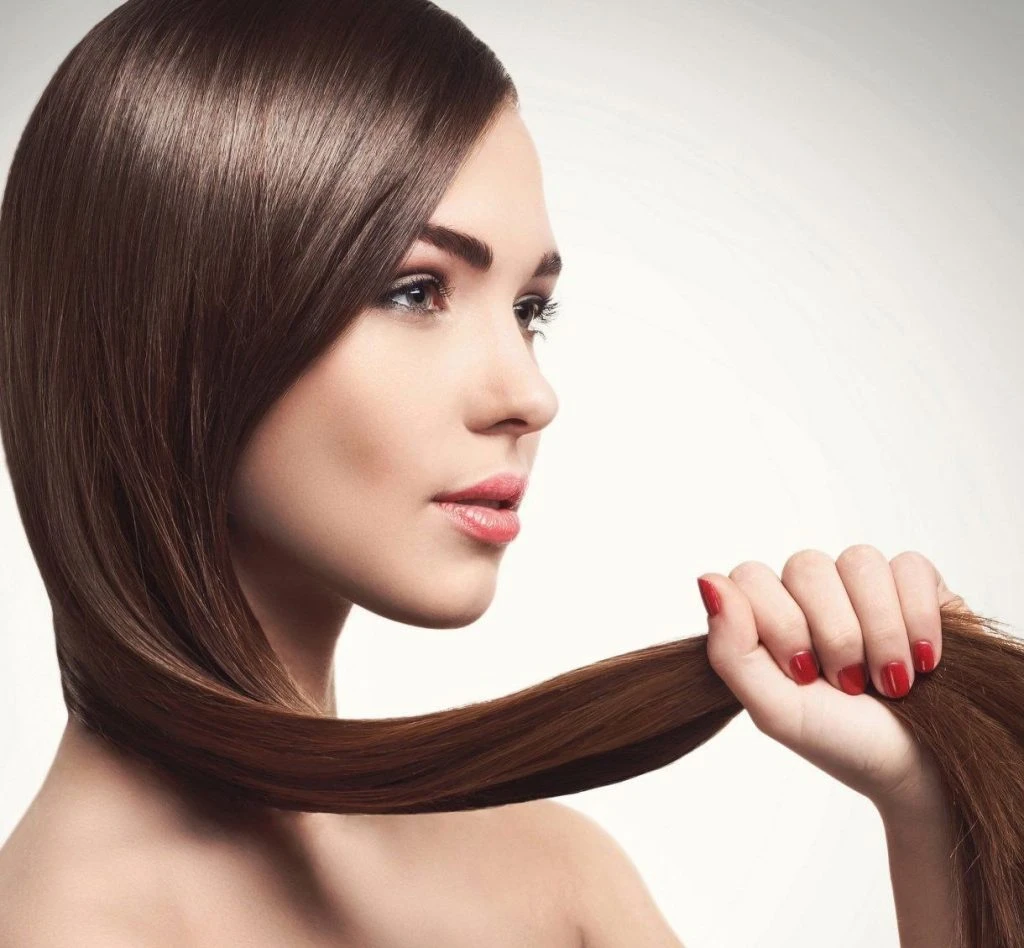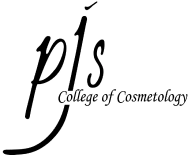August 27, 2025
Hair Color Theory and Chemistry: The Complete Professional Guide

Understanding Hair Color Theory: The Science Behind Beautiful Results
Professional hair coloring requires more than artistic vision—it demands deep understanding of color theory, hair chemistry, and the complex interactions between natural pigments and artificial dyes. This comprehensive guide explores the scientific principles that separate amateur hair coloring from professional expertise, providing essential knowledge for aspiring colorists and established professionals seeking to refine their skills.
The Foundation of Hair Color Science
Understanding Natural Hair Pigment
Natural hair color results from two types of melanin pigments:
- Eumelanin: Creates brown and black tones, providing depth and darkness
- Pheomelanin: Produces red and yellow tones, contributing warmth and lightness
- Pigment Distribution: Varies throughout the hair shaft, affecting how color processes
- Age-Related Changes: Natural pigment production decreases over time, creating gray hair
Hair Structure and Color Processing
The hair shaft consists of three layers that affect color results:
- Cuticle: Outer protective layer that must be lifted for color penetration
- Cortex: Middle layer containing natural pigments and where artificial color deposits
- Medulla: Inner core present in coarse hair that can affect color outcomes
Understanding this structure is crucial because color molecules must penetrate the cuticle to reach the cortex, where they interact with natural pigments to create the final result.
Color Theory Fundamentals
The Color Wheel in Hair Coloring
Professional colorists use color wheel principles to create desired results and neutralize unwanted tones:
Primary Colors:
- Red: Cannot be created by mixing other colors
- Blue: Pure cool tone, strongest primary color
- Yellow: Warmest primary color, most lightening resistant
Secondary Colors:
- Orange: Red + Yellow (common unwanted tone when lightening)
- Green: Blue + Yellow (can appear in over-processed or contaminated hair)
- Violet: Red + Blue (used to neutralize yellow tones)
Complementary Colors: Opposite colors on the wheel that neutralize each other:
- Red neutralizes Green
- Orange neutralizes Blue
- Yellow neutralizes Violet
The Level System and Tone Classification
Understanding Hair Levels
Professional hair color uses a level system from 1-10:
- Level 1-3: Black to dark brown
- Level 4-6: Medium to light brown
- Level 7-8: Dark to medium blonde
- Level 9-10: Light to very light blonde
Each level represents how much natural pigment is present, with lower numbers indicating more pigment and higher numbers indicating less pigment.
Tone and Undertone Identification
Beyond level, hair has underlying pigments that become visible during lightening:
- Levels 1-3: Red undertones predominant
- Levels 4-5: Red-orange undertones
- Levels 6-7: Orange undertones
- Levels 8-9: Yellow-orange undertones
- Level 10: Pale yellow undertones
Understanding these undertones is crucial for predicting lightening results and selecting appropriate toners.
Types of Hair Color Products
Permanent Hair Color
Contains ammonia and hydrogen peroxide to permanently alter hair structure:
- Ammonia: Lifts cuticle and creates alkaline environment
- Hydrogen Peroxide: Oxidizes natural pigments and activates artificial dyes
- Para-phenylenediamine (PPD): Primary dye molecule that creates lasting color
- Processing: Typically 30-45 minutes for complete development
Demi-Permanent Hair Color
Deposits color without significant lightening:
- No Ammonia: Uses ethanolamine or other alkaline agents for gentler cuticle lifting
- Low Volume Peroxide: Usually 10-20 volume for minimal lightening
- Fade Pattern: Gradually fades over 4-8 weeks
- Ideal Uses: Toning, blending gray, enhancing natural color
Semi-Permanent Hair Color
Temporary color that deposits without lifting:
- No Peroxide: Color molecules coat hair shaft without chemical alteration
- Large Molecules: Cannot penetrate deeply into cortex
- Duration: 2-6 weeks depending on hair porosity and washing frequency
- Applications: Temporary fashion colors, color conditioning treatments
Bleaching Products
Specialized lightening products for maximum pigment removal:
- Powder Bleach: Strongest lightening power, can lift 5-7 levels
- Oil Bleach: Gentler action with conditioning agents
- Clay Bleach: Moderate lifting power with less expansion
- Blue Bleach: Contains toning agents to counteract yellow undertones
Chemical Processing and Developer Selection
Hydrogen Peroxide Volume Levels
Developer strength determines lifting and depositing power:
- 10 Volume (3%): Deposit only, no lifting action
- 20 Volume (6%): Standard strength, lifts 1-2 levels
- 30 Volume (9%): Strong lifting, achieves 2-3 levels
- 40 Volume (12%): Maximum lifting power, 3-4 levels
Developer-to-Color Ratios
Proper mixing ratios ensure optimal color development:
- 1:1 Ratio: Standard permanent color application
- 1:2 Ratio: Common for demi-permanent colors
- 2:1 Ratio: Used for high-lift colors or maximum deposit
Advanced Color Techniques
Foil Highlighting Principles
Strategic lightening requires understanding of:
- Placement Patterns: How highlight placement affects overall appearance
- Sectioning Precision: Clean sections ensure even color distribution
- Saturation Control: Proper product application prevents bleed-through
- Processing Monitoring: Visual assessment prevents over-lightening
Balayage Color Theory
Hand-painted highlighting demands understanding of:
- Natural Growth Patterns: Following hair’s natural fall and movement
- Color Graduation: Creating seamless transitions between tones
- Face Framing: Using color to enhance facial features
- Maintenance Considerations: Techniques that grow out naturally
Color Correction Strategies
Fixing color mistakes requires systematic approach:
- Problem Assessment: Identifying underlying causes of color issues
- Pigment Removal: Safe methods for lifting unwanted color
- Tone Neutralization: Using complementary colors to cancel unwanted tones
- Gradual Correction: Multi-step processes for severely damaged hair
Common Color Challenges and Solutions
Brassiness Prevention
Orange and yellow tones result from incomplete lightening:
- Adequate Lightening: Lift to appropriate level before toning
- Proper Toning: Use violet-based toners for yellow, blue-based for orange
- Regular Maintenance: Purple shampoos and glosses between appointments
Gray Coverage Strategies
Resistant gray hair requires special consideration:
- Pre-Softening: Opening cuticle for better color penetration
- Base Color Selection: Matching or going slightly darker than natural level
- Processing Time: Extended development for complete coverage
- Formulation Adjustments: Higher pigment concentration for stubborn grays
Color Fading Issues
Maintaining color vibrancy involves:
- Proper pH Balance: Closing cuticle after color processing
- Heat Protection: Minimizing thermal damage that causes fading
- UV Protection: Using products that prevent sun damage
- Washing Frequency: Reducing wash frequency to preserve color
Hair Porosity and Color Results
Understanding Porosity Levels
Hair’s ability to absorb and retain color varies:
Low Porosity Hair:
- Characteristics: Tight cuticles resist color penetration
- Processing Needs: Longer development time, higher volume developer
- Results: Even color distribution once penetrated
- Challenges: Initial color uptake, requires thorough saturation
Medium Porosity Hair:
- Characteristics: Normal cuticle structure allows appropriate color processing
- Processing: Standard timing and strength developers work well
- Results: Predictable, even color outcomes
- Ideal Candidate: Most color services work as expected
High Porosity Hair:
- Characteristics: Damaged or over-processed cuticles absorb color quickly
- Processing Considerations: Shorter timing, lower volume developers
- Results: Can appear darker than intended initially
- Challenges: Color fading, uneven results without proper preparation
Professional Color Consultation
Client Assessment Process
Thorough consultation prevents color disasters:
Hair History Analysis:
- Previous chemical services and timing
- Current hair condition and damage assessment
- Natural growth patterns and cowlicks
- Lifestyle factors affecting maintenance
Expectation Management:
- Realistic timeline for achieving goals
- Maintenance requirements and costs
- Potential limitations based on hair condition
- Alternative options if goals aren’t achievable
Strand Testing Protocol:
- Testing color formulation on inconspicuous section
- Assessing processing time and final results
- Adjusting formula based on test results
- Documenting successful formulations for future use
Color Formulation and Record Keeping
Creating Custom Formulas
Professional colorists develop systematic approaches:
- Base Color Selection: Choosing appropriate level and tone
- Accent Color Addition: Enhancing or neutralizing specific tones
- Developer Selection: Matching volume to desired results
- Processing Variables: Adjusting for hair condition and porosity
Documentation Systems
Accurate records ensure consistent results:
- Client Cards: Detailed history of all services and formulas
- Before/After Photos: Visual record of color evolution
- Formula Tracking: Exact measurements and timing for replication
- Maintenance Schedules: Planning future appointments and services
Safety and Regulatory Compliance
Patch Testing Requirements
Preventing allergic reactions through proper testing:
- 48-Hour Patch Tests: Required for all first-time color clients
- Test Location: Behind ear or inner elbow for accurate results
- Documentation: Recording test results and client acknowledgment
- Legal Protection: Following manufacturer and state board guidelines
Chemical Handling Safety
Proper handling prevents injury and ensures consistent results:
- Personal Protective Equipment: Gloves, aprons, eye protection
- Ventilation Requirements: Adequate air circulation during processing
- Storage Guidelines: Proper temperature and separation of chemicals
- Emergency Procedures: Spill cleanup and accidental exposure protocols
Business Applications of Color Expertise
Pricing Color Services
Advanced color skills command premium pricing:
- Consultation Fees: Charging for expert analysis and planning
- Technique-Based Pricing: Higher rates for specialized services
- Time-Based Pricing: Accounting for complex multi-step processes
- Maintenance Packages: Offering comprehensive color care programs
Building Color Specialization
Developing expertise in specific areas:
- Corrective Color: Specializing in fixing color mistakes
- Fashion Colors: Expertise in vivid and unconventional colors
- Gray Blending: Specializing in natural-looking gray coverage
- Color Cutting: Combining precision cutting with color placement
Technology and Innovation in Hair Color
Digital Color Matching
Modern technology assists color selection:
- Color Analysis Apps: Digital tools for shade matching
- Virtual Try-On: Software showing potential color results
- Formulation Software: Programs calculating precise color formulas
- Documentation Systems: Digital client records and photo storage
Product Innovations
Continuous developments in color chemistry:
- Ammonia-Free Formulations: Gentler processing with less odor
- Organic and Natural Options: Plant-based alternatives to synthetic dyes
- Bond-Building Technology: Products that strengthen hair during coloring
- Smart Color Systems: Products that adapt to individual hair needs
Education and Professional Development
Continuing Education Requirements
Staying current with color techniques:
- Manufacturer Training: Learning new product lines and techniques
- Industry Seminars: Advanced education from color experts
- Certification Programs: Specialized credentials in color techniques
- Peer Learning: Collaborating with other professionals
Building Color Expertise
Developing advanced skills requires:
- Consistent Practice: Regular application of color theory principles
- Experimentation: Trying new techniques in controlled settings
- Mentorship: Learning from experienced colorists
- Portfolio Development: Documenting successful color work
The Future of Professional Hair Coloring
The hair color industry continues evolving with new technologies, techniques, and client demands. Successful colorists combine solid theoretical knowledge with practical experience, staying current with industry trends while mastering fundamental principles.
At PJ’s College of Cosmetology, we provide comprehensive color education that covers both the science and artistry of professional hair coloring. Our experienced instructors ensure students understand color theory principles while gaining extensive hands-on practice in our student salons.
Our curriculum emphasizes the importance of consultation skills, safety protocols, and business applications that prepare graduates for immediate success in color-focused careers. Whether students pursue salon employment or eventual business ownership, strong color skills provide competitive advantages and higher earning potential.
